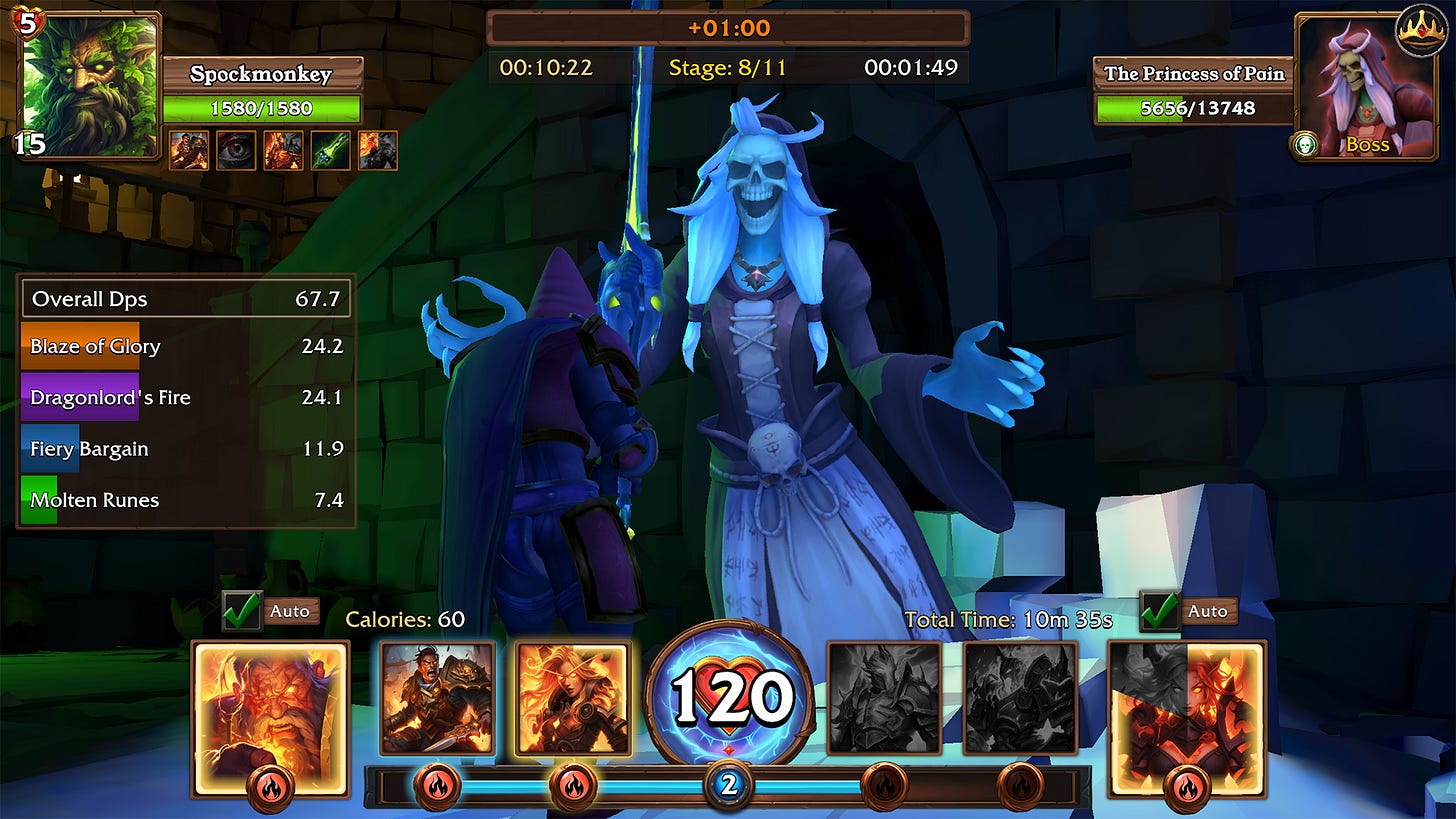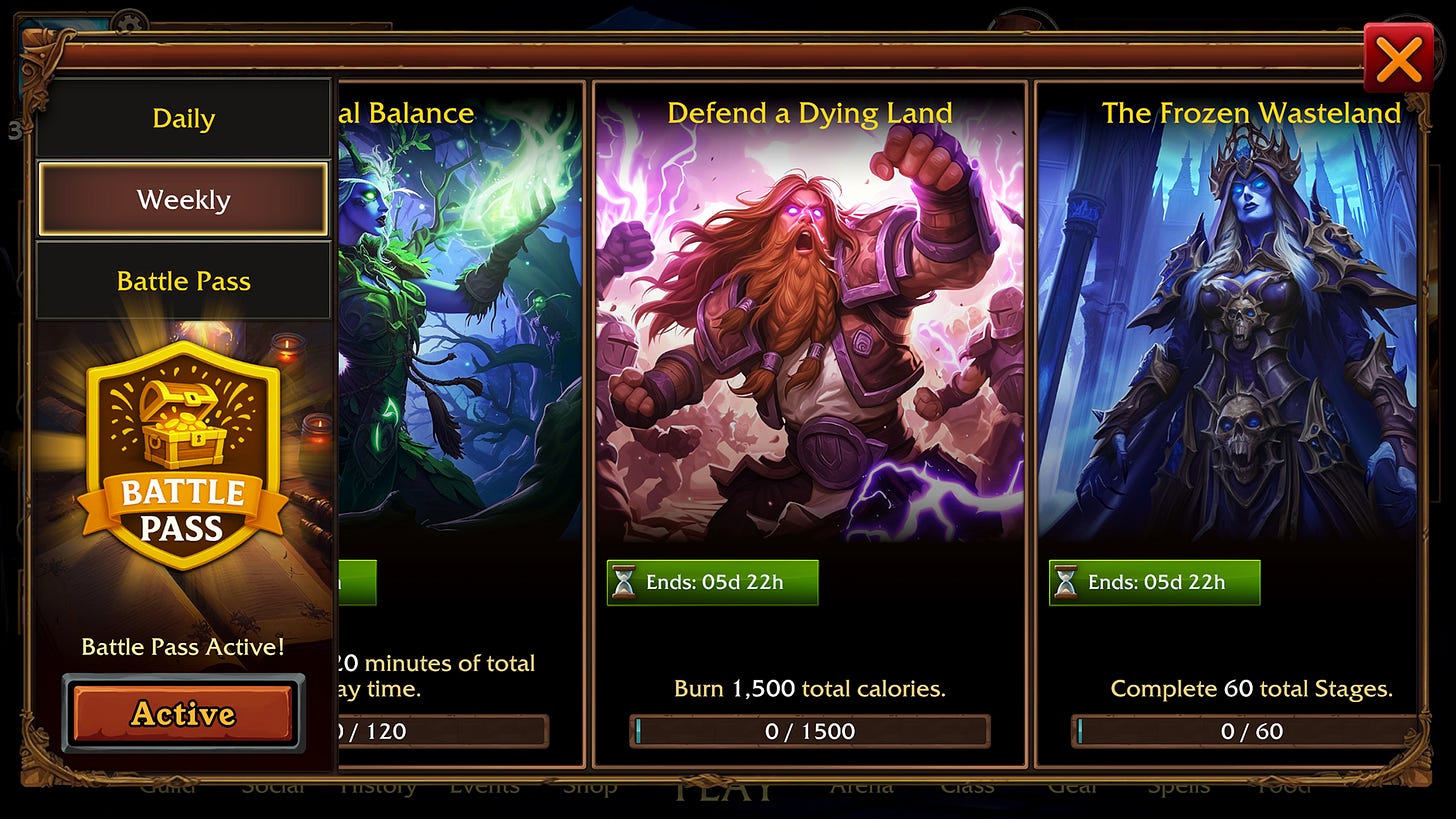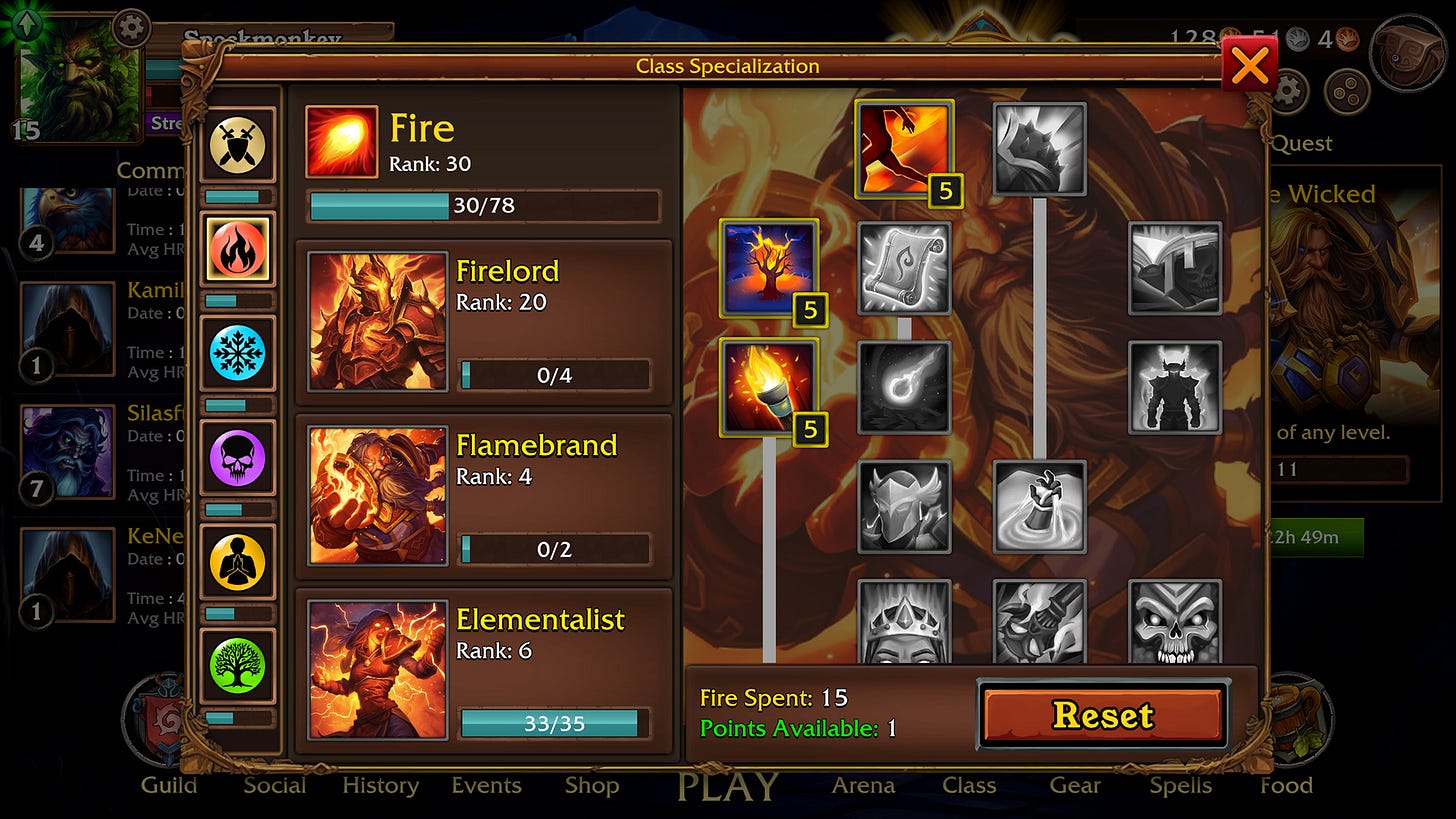Solo Quest: From Peloton to Reinventing Fitness as a Solo Game Developer in 2025
Discover how a solo developer combined fitness tracking with RPG gameplay and leveraged AI and deep community engagement to power a unique approach to gamified fitness
What if your heart rate powered your RPG battles?
Josh Singer, a former Peloton engineer and solo dev, built Cardio Quest, a fantasy game in which exercise fuels gameplay. In this conversation, we discuss what it takes to build an ambitious solo project that blends fitness, games, and AI and how Josh is trying to create a whole new genre from scratch.
What you'll take away:
How to validate, pivot, and build a solo game with real user feedback
The technical and emotional challenges of launching without a team or funding
How AI tools like MidJourney and Eleven Labs are transforming solo game dev
🎮 Solo Developer Builds Fitness RPG with Apple Watch & AI Tools – Josh Singer, Cardio Quest
Solo developers face unique challenges and opportunities in the competitive landscape of mobile gaming. Recently, I had the chance to learn about Josh Singer's journey developing CardioQuest, an innovative RPG that gamifies fitness by using heart rate data and step counts to power in-game actions. As a former Peloton engineer with VFX credits on major productions like Game of Thrones, Singer's path offers valuable insights for game industry professionals.
The Untapped Market of Fitness Gamification
CardioQuest represents an intriguing intersection of fitness technology and gaming. According to recent reports, the global fitness app market was estimated at $10.59 billion in 2024 and is projected to grow at a CAGR of 13.88% through 2030. This growth and increasing health consciousness post-pandemic creates a significant opportunity for gamification in fitness apps.
What makes Singer's approach compelling:
Behavioral psychology application: CardioQuest leverages the same motivational hooks that keep gamers playing World of Warcraft for hours, redirecting that engagement toward healthy physical activities
Cross-platform ecosystem integration: The app connects with existing fitness networks like Strava, which boasts roughly 100 million users worldwide
Measurable impact: Singer mentioned one user who lost 80 pounds using the app—concrete validation that gamified fitness can drive meaningful health outcomes
Solo Development: Hard-Earned Lessons
After two years of development (with over 1.5 years in the market), Singer shared several critical insights about the solo development journey:
Ecosystem complexity: "You suddenly have signed up to work with an ecosystem. In fact, you've signed up to work with a bunch of ecosystems." Singer underestimated the challenges of integrating with various fitness platforms, wearable devices, and OS ecosystems.
Forced upgrades and dependencies: Solo developers face unique vulnerability to external platform changes. Singer described spending weeks addressing a forced Google upgrade that cascaded into Unity version updates and breaking dependencies.
Mental burden: "I'd like to say that I sleep well, but I absolutely don't. I try to code in my sleep all night...You have a lot of those dreams that can be best summed up as 'it's the last day of school and you realize you forgot to attend an entire class.'"
Product Evolution Through User Feedback
CardioQuest's development provides an excellent case study in product evolution driven by user feedback:
Initial concept: A real-time fitness game inspired by World of Warcraft for stationary bike users
First pivot: Added support for walking after discovering unexpected demand ("the amount of people who are immediately like, 'I love this game, can I play it just from walking?' was overwhelming")
Second pivot: Added workout importing/simulation capabilities to expand beyond real-time play
Current focus: Developing multiplayer capabilities based on user demand
Singer emphasized being the "opposite of Rick Rubin" in his approach: rather than pursuing a singular creative vision, he's regularly incorporated user suggestions into the product roadmap.
Technical Challenges Specific to Fitness Gaming
Developing fitness games presents unique technical hurdles:
Background processing limitations: "Unity unfortunately does not support [background processing]. On iOS and Android, you can put your game in the background, and it will still count steps, but the operating system is free to kill your game at any time."
Device fragmentation: Dealing with various heart rate monitors and fitness trackers requires navigating "a myriad of outside players, some who are really committed to connected fitness, and others who people use extensively but are completely uncommitted to being part of a larger ecosystem."
Data conversion and standardization: Transforming fitness metrics into game mechanics requires careful balancing to ensure fairness across different workout types and intensities.
The User Acquisition Dilemma
Perhaps the most significant challenge Singer highlighted was user acquisition:
The walled garden problem: "I think we live in a completely walled ecosystem where everything is locked down so that no one can see your product if you are not specifically paying for it."
Monetization pressure: Without deep monetization systems, it's challenging to fund user acquisition in an auction-based market (though Singer deliberately avoids aggressive monetization).
Media outreach challenges: "I've reached out to over 65 journalists...and I haven't heard back from a single one."
Strategic exit potential: Singer views acquisition by larger platforms like Strava or Apple as a viable path forward, similar to Strava's recent acquisition of Runna (a running training app with 90,000 installs).
AI as a Force Multiplier for Solo Developers
One of the most practical insights from Singer's experience is how AI tools have transformed his productivity:
Visual asset creation: "The moment I saw what [Midjourney] could do, like half the game, the look of the game changed because I was able to go from store-bought assets and icons that basically half the indie games made in Unity had to an entire game filled with art that exists nowhere else."
Audio generation: Using tools like Eleven Labs for voice work
Content generation: Using ChatGPT to generate item data and values following established patterns
Animation workflows: Leveraging tools like Runway, Comfy UI, and others for visual effects
Singer emphasized that AI usage requires substantial artistic direction and refinement: "You still go back in Photoshop and you fix all the stuff that's wrong with it...adjust color and contrast...shifting hues to create a better color contrast across the composition."
Conclusion: The Shifting Solo Developer Landscape
Solo game development in 2025 presents both unprecedented challenges and opportunities. While distribution hurdles remain significant, combining emerging market segments (like fitness gaming) and powerful AI tools creates viable paths for individual creators with unique visions.
Singer aptly noted: "If you think you have an idea that is so novel and different that it can stand on its own two feet, I think it's worth pursuing it. But build it just enough that you can get feedback and product validation on it."
For established companies, these solo innovators represent potential competition and acquisition opportunities, bringing fresh approaches to engagement that might complement existing platforms.
Have you encountered other innovative solo developers merging gaming with health or fitness? What other sectors might benefit from similar gamification approaches? Share your thoughts in the comments below.







